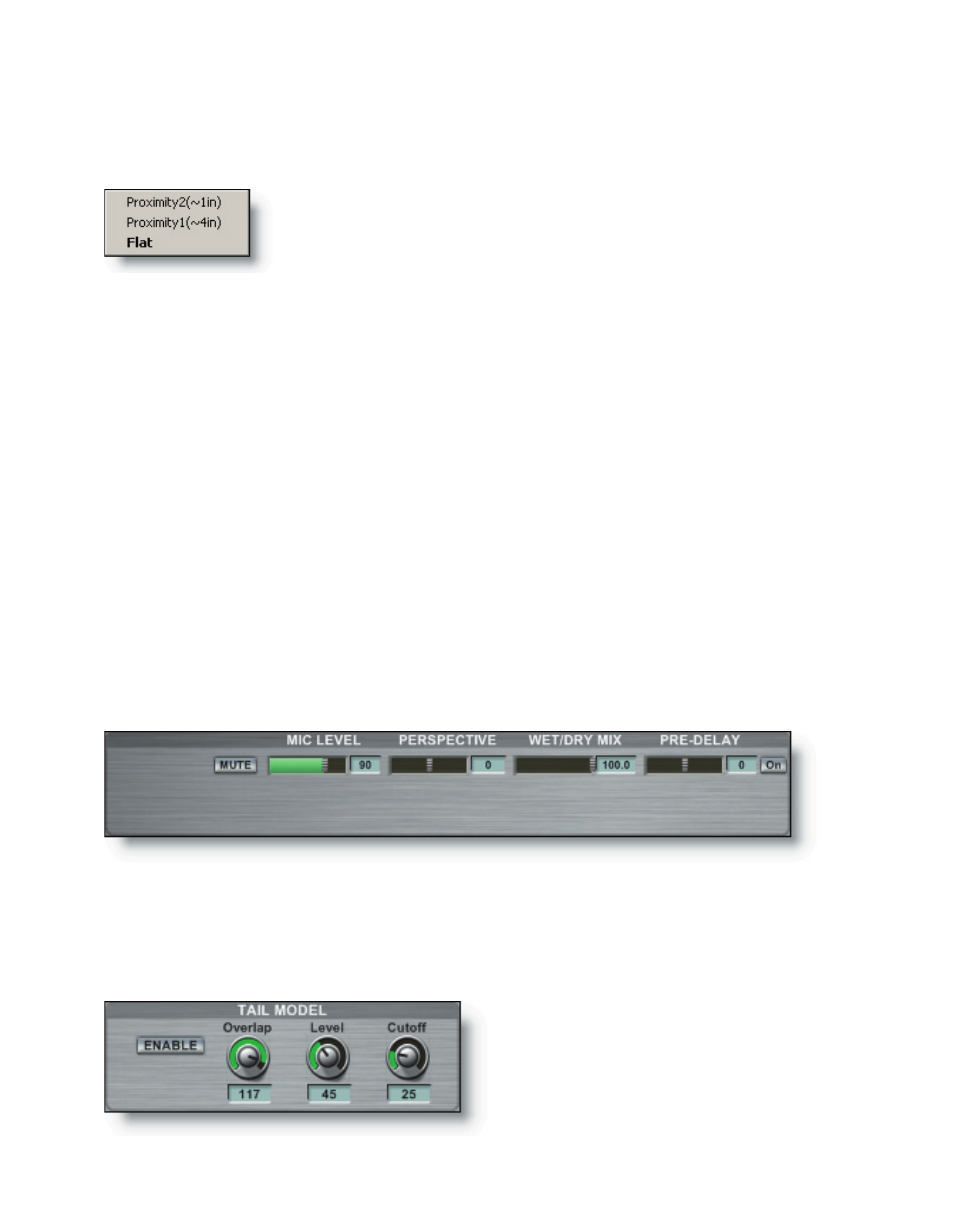Mic model performance, Center mic group, Tail model – Teac GigaStudio 3 User Manual
Page 272

272
273
The SM57 has a flat setting as well as 2 different proximity settings, taking advantage
of the favorable proximity effect for certain applications, such as snare drums and gui-
tar amps.
In addition to replacement mics there are some exciter models. This list will be grow-
ing over time as more impulse responses become available.
Mic Model Performance
Selecting inverse and emulated mic models function in a “cascade” sense, in that
there is no additional processing required of the GigaPulse NFX plug-in. So if you select
a room and a microphone, you will not be increasing the computation. The GigaPulse
will do all the necessary pre-processing of the affected signal in order to minimize the
amount of computation. It is all self-contained within each instance of the plug-in.
Application example: Use an instrument body resonance placed in a room with a
selected replacement mic model, all at the computational cost of only one GigaPulse
plug-in. The computation needed is governed by the size of the longest impulse, usually
the room. Mic model and instrument body resonances tend to be very short in duration.
By the same token, where the room sizes are smaller, GigaPulse will always give the
greatest efficiency in computation wherever possible.
Center Mic Group
The Center Mic Group channel is identical in functionality to the other Mic Groups
except that only one channel is available in this group. No Mid-Side decoding is avail-
able for the Center Mic Group.
Tail Model